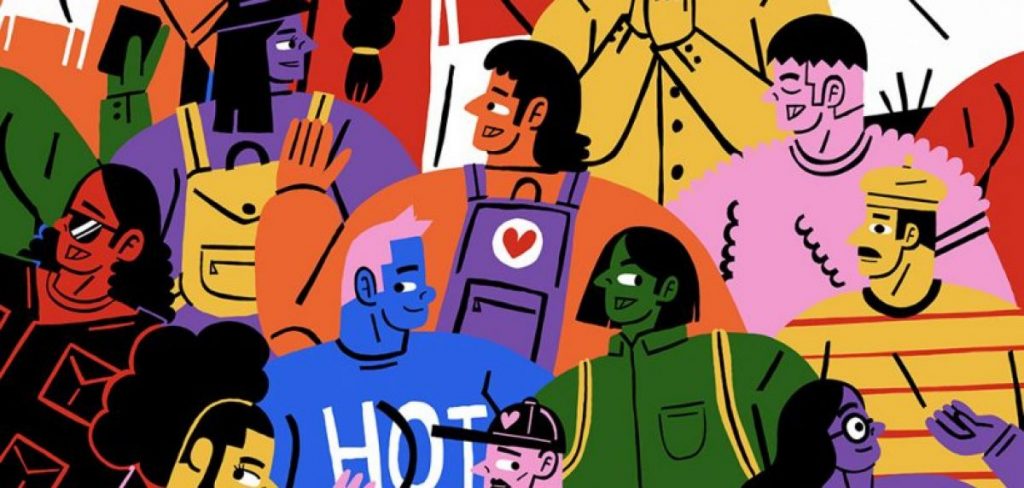
(Opening slide for the workshop)
For my teaching review I did not have the opportunity to be observed in person. So instead i submitted a workshop plan with the main focus being to push myself to better support students struggling language barriers and to make the theory presented as accessible as possible.
LINK to Feedback from my tutor Linda
LINK to Feedback from Sara Massieu
LINK to workshop slides that have been edited based on my feedback
Reviewing the feedback is was given, here are my main takeaways:
- Based on suggestions from Linda, I have added animated gifs, using imagery from old video games. Maintaining the same sense of silly in my visual presentation as I have in my work and when talking to students. I still need to find or create imagery of people making a Video Game Zine.

Example of a new gif used in the presentation (Mario 64, 1996)
- Based on Anna Anthropy’s writing. I will develop a short manifesto about Video Game Zines. This will be shared with students before the workshop (A, Anthropy. 2012). This will help students to better understand the political context of video game zines and how they can be used to challenge traditional notions of game design.
- I have added space for students to share their own examples of Video Game zines. This will make the opening part of the workshop more interactive for participants.
- To improve accessibility, I will translate the email instruction into a short video, using closed captions. This will help support students who process spoken words better than written and it will also introduce students to me in case this will be their first interaction with me as a teacher.
- I have changed the fonts in order to make it easier to read and more accessible to students with dyslexia and other reading difficulties. This should be cohesive on all learning materials whether on screens or printed.
- To improve student engagement, I will design the student handouts into a paper zine that can be handed out to students on the day or sent via email. This should be applied to every workshop so that the handouts fit the theme of the workshop.
- I will make use of the references Sara provided about how to best teach students about sensitive topics. This way I can comfortably lean into the queer and political context of videogame zines further. This will support LGBTQIA+ students to feel seen in the classroom, and for other students to learn more about queer identities. (See Sara’s Feedback form foor full list of references)

Another GIF used in the presentation. (Hartflip0218. 2018)
Bibliography:
Anthropy, A. (2012) Rise Of The Videogame Zinesters. 1st edn. New York: Seven Stories Press.
Mario 64. (1996). Nintendo 64 [Game]. Tokyo, Japan: Nintendo.
Hartflip0218. (2018) Mario eats super mushroom!! (GIF), unknown.
